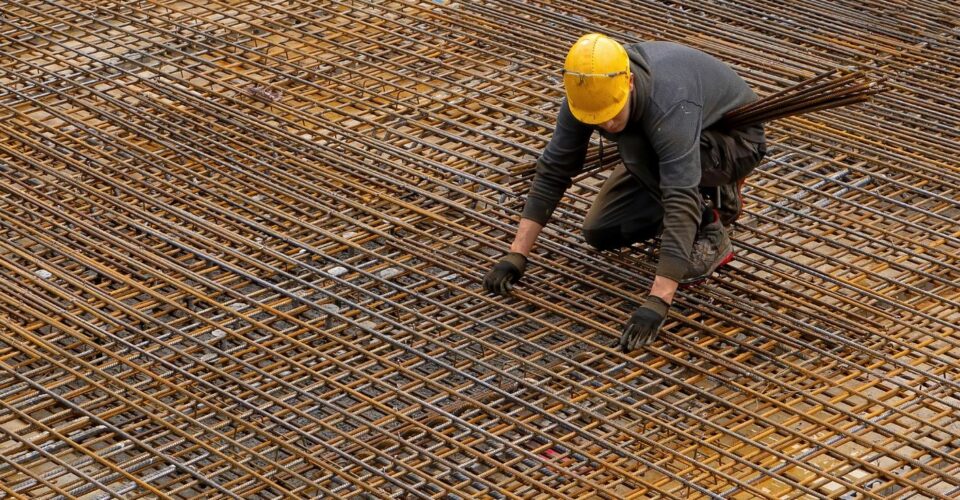Ensuring safety on-site is paramount to prevent accidents and injuries. As we all hear in the news, it’s not rare for something to happen that can be detrimental to someone’s life (See previous blog- What are the steps to take in case of an accident?) That’s why we are going to explain in this blog what are the cautionary health and safety tips to keep workers and employers safe on site.
PPE (Personal Protective Equipment) is Non-Negotiable:
One of the fundamental safety measures on any construction site is the proper use of Personal Protective Equipment. This includes hard hats, high-visibility clothing, steel-toed boots, gloves, and safety glasses. All workers must always wear the appropriate PPE to reduce the risk of injury.
Regular Site Inspections:
Conducting regular site inspections is needed for identifying and addressing potential hazards. By having a qualified safety supervisor/manager inspecting the site daily, checking for any safety breaches, faulty equipment, or environmental concerns will prompt action and therefore prevent accidents before they occur.
Emergency Response Plans:
Every construction site should have a well-documented emergency response plan. Ensuring all workers are familiar with evacuation procedures, first aid locations, and emergency contact information will empower workers to be prepared for emergency situations in case they occur. This can include regular drills and courses that will help everyone respond appropriately in case of an emergency.
Training and Education:
Prioritise classroom, online and e-learning training for all workers on the site, so they can can familiarise and be educated on safety protocols, equipment operations, and emergency procedures. Remember, the more well-trained and educated workers are, the better equipped they are to navigate potential risks.
Secure Work Areas:
Work should be seen as a safe haven, no one should feel uneasy or feel like they’re not safe. Work areas should be made to feel secure, and anything breaching their safety should be highlighted and with proper hazard warnings to indicate restricted zones or potential dangers. By implementing this simple protocol it prevents unauthorised access and ensures that workers are aware of their work environment at all times.
Equipment Maintenance:
Regularly inspect and maintain all construction equipment. Faulty machinery can lead to accidents and injuries. Implement a strict maintenance schedule, and promptly repair or replace any equipment showing signs of wear or malfunction. You can do this by having a site inspection at SAMS, we will make sure each bit of equipment has been PAT tested
Hazard Communication:
Implement a robust communication system to alert workers about potential hazards. This can include visual signals, alarms, and regular safety meetings to discuss specific risks associated with ongoing tasks.
Safe Handling of Materials:
Proper handling and storage of materials are crucial to prevent accidents. Train workers on correct lifting techniques, storage procedures, and the proper use of handling equipment. Avoid overloading scaffolding and ensure materials are stacked securely.
Weather Awareness:
British weather can be unpredictable, and adverse conditions can pose additional risks on construction sites. Monitor weather forecasts and take appropriate precautions, such as securing loose materials, suspending work during extreme weather, and providing additional safety measures when needed.
Promote a Safety Culture:
Foster a culture of safety on the construction site by encouraging open communication about safety concerns, rewarding safe practices, and addressing issues promptly. When safety becomes a collective responsibility, the likelihood of accidents decreases significantly.
Prioritising safety on construction sites in the UK is essential to protect the well-being of workers and ensure successful project completion. By implementing these top 10 safety tips, construction sites can create a secure environment where everyone can work confidently and without unnecessary risks.

